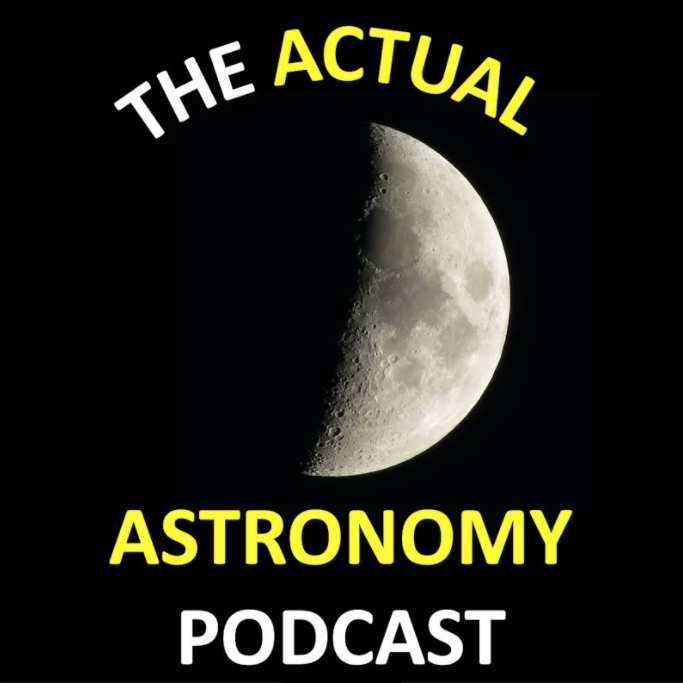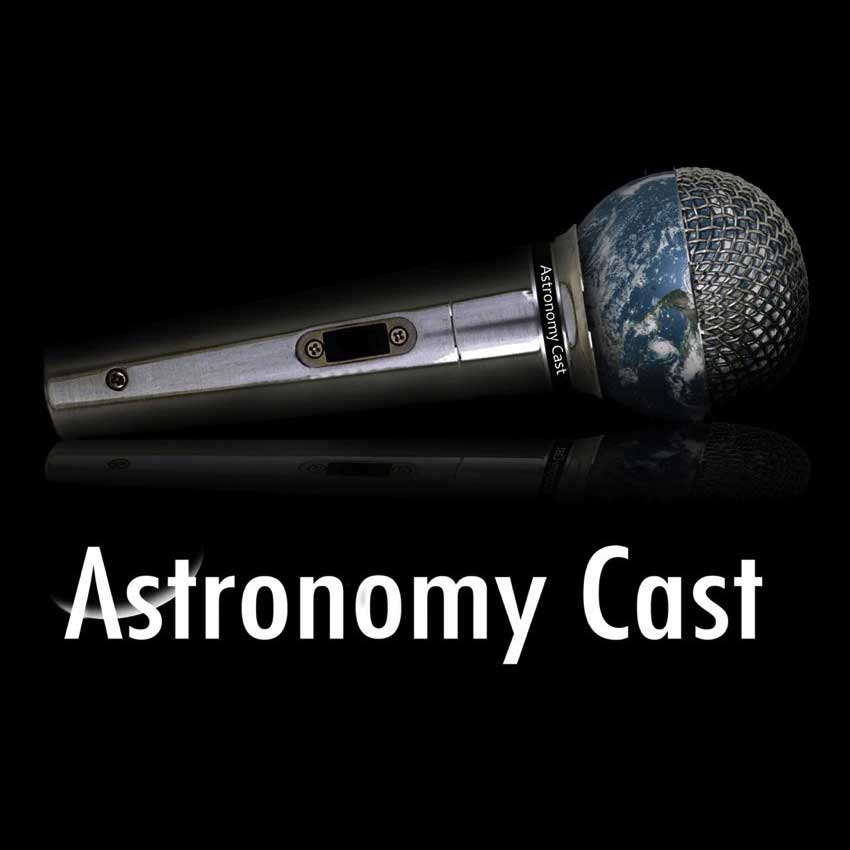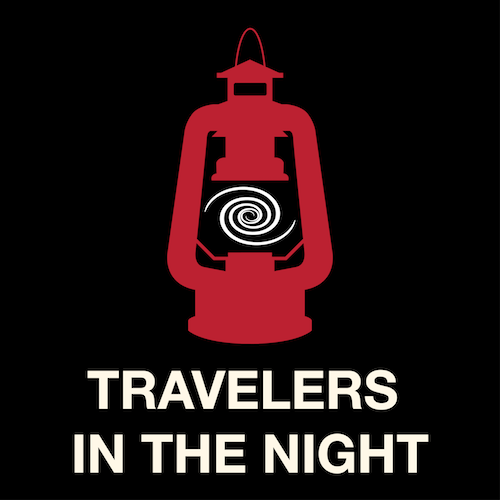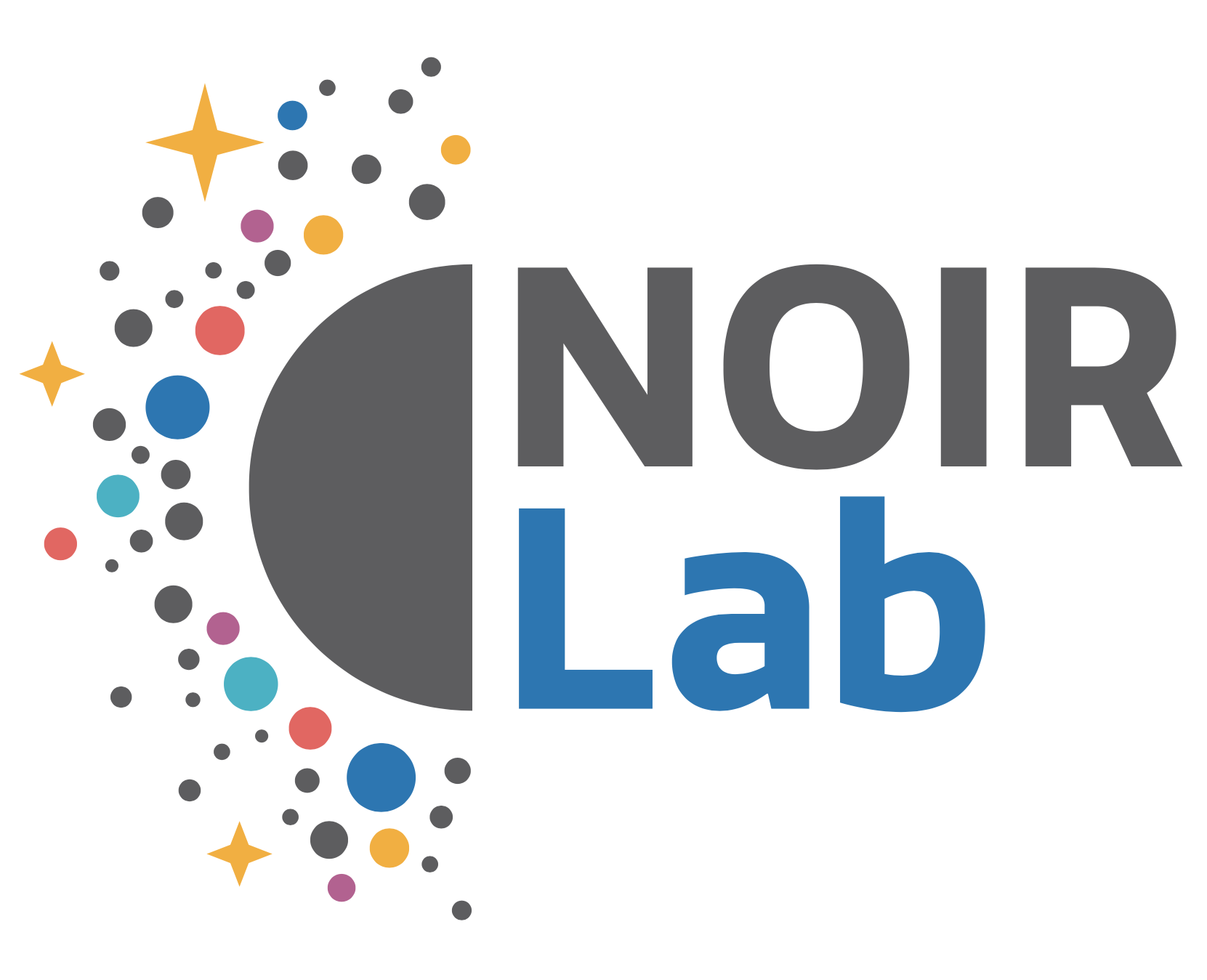To mark the Skylab 50th anniversary here is @AwesomeAstroPod chat from 2012 where we caught up with Skylab 3 and STS-3 astronaut, Jack Lousma


To mark the Skylab 50th anniversary here is @AwesomeAstroPod chat from 2012 where we caught up with Skylab 3 and STS-3 astronaut, Jack Lousma

Today’s Actual Astronomy talk with Berta Beltran about her journey in astronomy from first telescopes to a new refractor. Also her public outreach and how she began to sketch and representing the night sky colours as her unique style.

Computer models of the effects of an eruption event similar to the Columbia River Flood Basalt show that, despite massive injections of sulfur dioxide into the atmosphere, Earth’s climate rebounded much more quickly than expected. Plus, ORCs, lunar swirls, exoplanets, and diamonds. On Mercury.

What are the biggest mysteries facing modern astronomers? What questions do I wish could be answered in my lifetime? What are most astronomers working on right now?

In 2017, astronomers detected the gravitational waves and electromagnetic radiation from colliding neutron stars. This had been long theorized as one of the causes of a certain type of gamma-ray burst. By studying the event and its afterglow, astronomers have learned a tremendous amount about the formation of the heaviest elements in the Universe.

On December 25, 2017, while searching for Earth approaching asteroids in the constellation of Virgo, the Universe gave a Christmas present in the form of a comet.

When a Sun-like star nears the end of its life and eventually engulfing the system’s inner planets. Today podcast will discuss about how astronomers caught one in the act.

What temperature do astronauts experience? What about Pluto, or the depths of space. What’s the coldest possible temperature space can get?


Remember that new object COW, named for a strange supernova? We’ve seen four more of these Fast Blue Optical Transients, and new research may even have figured out just how and why they occur